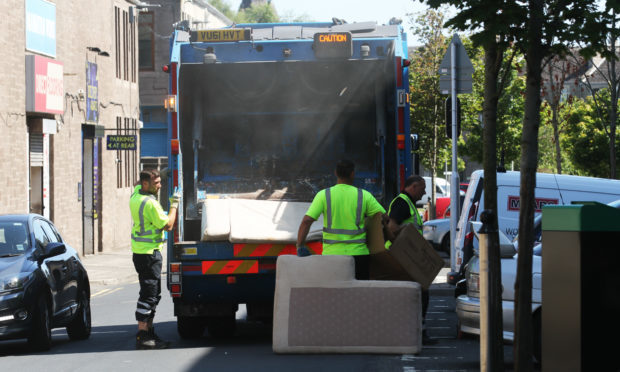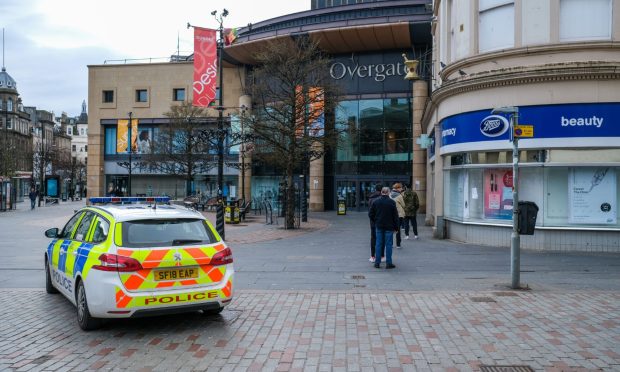Public discontent at the standard of school, bin collection and street cleaning services is on the rise as council cuts bite, says a watchdog.
Budgets have been slashed by 6% at Tayside and Fife councils since 2011, with much of the multi-million-pound savings made through reducing the workforce by 8%, the Accounts Commission report found.
The public spending monitor said local government has done a “considerable amount to manage the impact of continued budget reductions”, as it faces increasing demand from an ageing population.
But the watchdog added: “There is also evidence that budget cuts are having an impact on services, and customer satisfaction levels have fallen.
“Some services are not keeping up with demand and there is a risk that quality is being affected.”
The steepest drop in public satisfaction came in education, with the proportion of Scots happy with local schools falling from 83% to 73% between 2010 and 2017.
There was also a decline in satisfaction levels over that period for street cleaning, refuse collection, leisure and library services.
Graham Sharp, chairman of the Accounts Commission, said: “Councils are facing the major challenge of reducing costs, maintaining services for an ageing population and putting significant policy and legislative change into practice – all at a time of increasing uncertainty.
“They have done a lot to manage the impact of budget reductions, but with forecast funding gaps higher than current levels of reserves for some councils the delivery of savings is now increasingly critical.”
Earlier this year, The Courier revealed 4,500 fewer staff worked at the area’s councils than in 2008.
Angus Council has been forced into the biggest budget cuts in Tayside and Fife, with its budget shrinking by 7% since 2011, according to the Accounts Commission report published on Thursday.
A spokeswoman for Angus Council said they have “embarked on an efficiency programme to deliver services in a less staff intensive way”.
“This has involved working in partnership with other providers and moving towards more digital self-service approaches,” she added.
“Our focus is on quality, doing things once and doing it well.”
The spokeswoman added that an independent survey found public satisfaction at local services to be consistently above 90%.
Labour published figures from the Scottish Parliament Information Service on Tuesday showing revenue funding for Tayside and Fife councils has gone down by the equivalent of £100 per person since 2013.
Finance Secretary Derek Mackay said: “The 9% reduction in the local government funding settlement is of the same level as the real terms cuts to Scotland’s resource budget from the UK Government.
“Despite these cuts to the Scottish Government’s budget we have treated local government fairly and in 2018-19, councils will receive a £10.7 billion funding settlement, providing a real terms boost spending.”
Mr Mackay added that £750 million is being invested over the course of this Parliament to tackle the poverty-related attainment gap and that almost £500 million of frontline NHS spending will be invested in social care services and integration in the current financial year.
He said: “As the demand on health and social care services increase we recognise that delivering the current levels of services in the same way as has been done in the past is not a sustainable option.
“That is why Scotland has led the way in with radical service redesign and the integration of health and social care to meet these challenges.”










